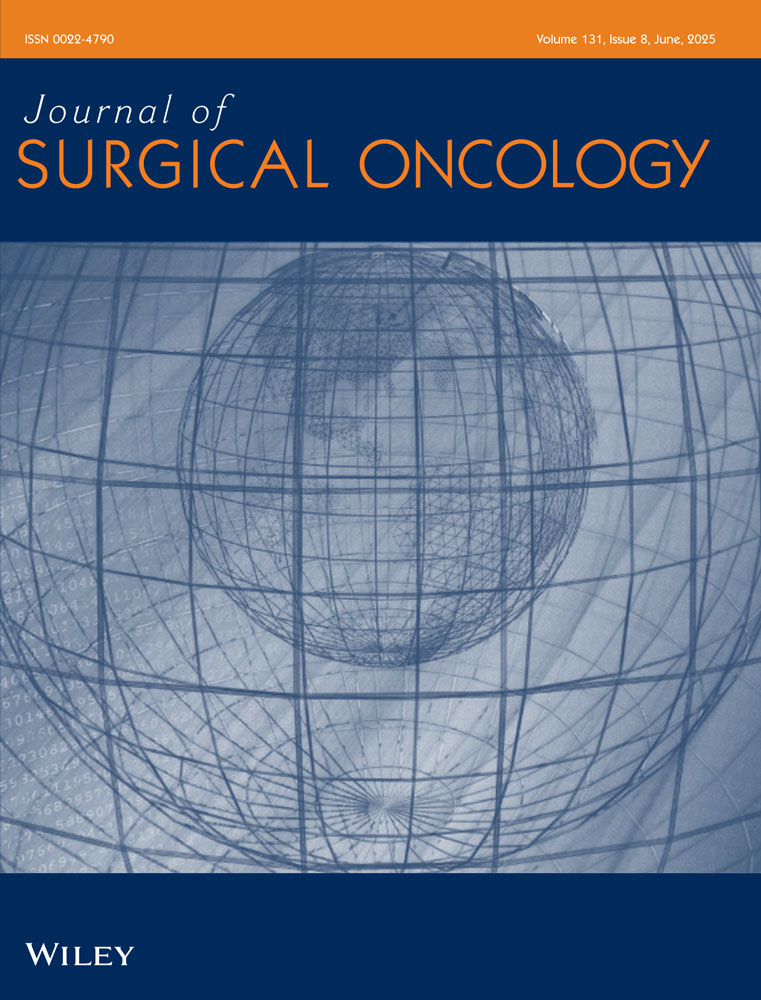Synchronous cancers of the esophagus and the ampulla of vater after distal gastrectomy: Successful removal of the esophagus, gastric remnant, duodenum, and pancreatic head
Abstract
A case of synchronous squamous cell carcinoma of the esophagus and adenocarcinoma of the ampulla of Vater after previous gastrectomy is presented. The coexistence of these two lesions has never been reported in the English literature. We performed a subtotal esophagectomy, total residual gastrectomy, and pancreaticoduodenectomy with lymph node dissection in a one-stage procedure. An operation of this magnitude could be safely performed with attention to meticulous surgical technique and intensive postoperative care.
Histologic examination of the ampulla lesion showed adenocarcinoma with Paneth-cell differentiation. This is a rare lesion, and a review of the literature revealed only one other case. Neoplastic Paneth cells were also found in a lymph node metastasis that originated from the ampulla tumor. This case confirms that cells with Paneth-cell differentiation can be a significant component in invasive carcinoma. © 1995 Wiley-Liss, Inc.




